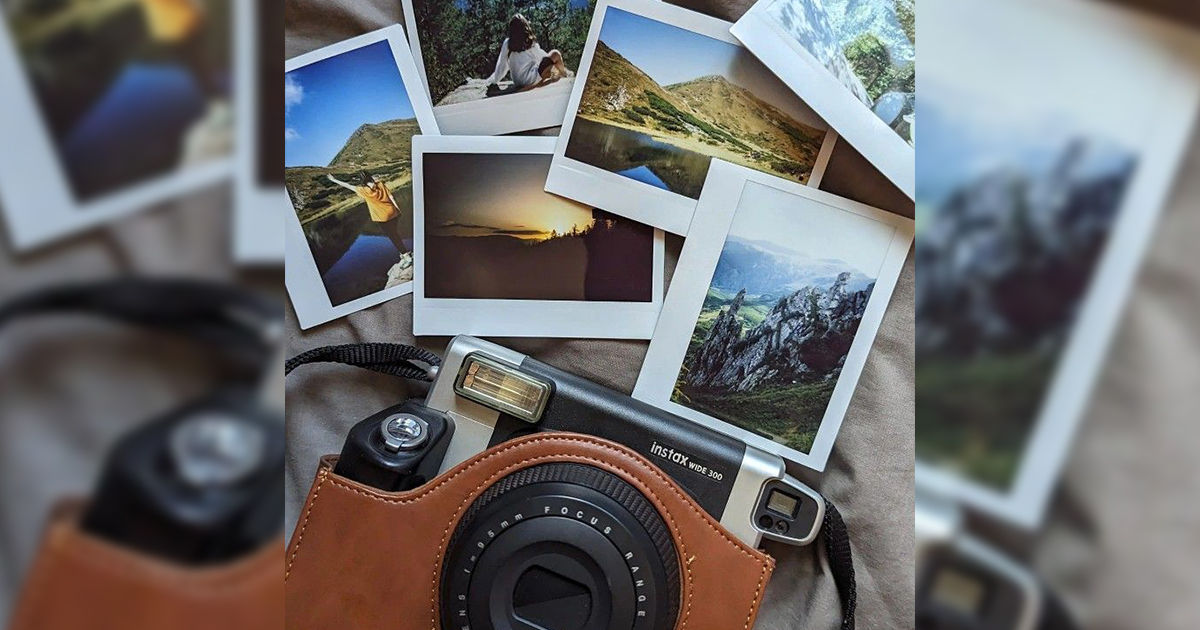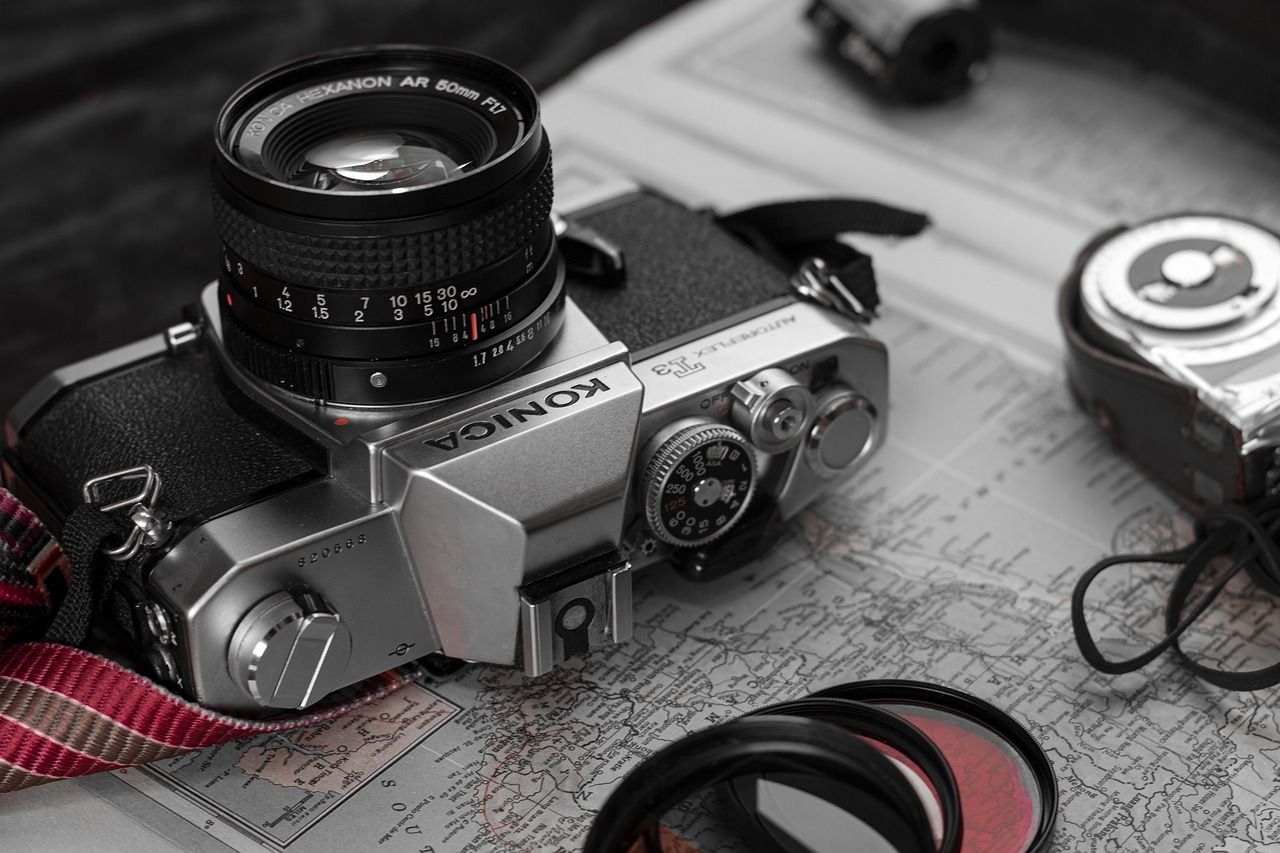Introduction
Festivals are celebrations that bring joy, colour and emotion into our lives. They highlight cultural diversity, connect communities and create memories that last a lifetime. Photography becomes essential during these moments, allowing us to preserve the beauty and excitement of these celebrations for years to come.
Photography allows us to share these moments with others; it bridges the distance between loved ones, saves special moments for future generations and soothes many hearts. The effect of a well-taken photograph extends beyond aesthetics. It becomes a portal to the past, enabling one to relive those moments all over again.
This blog offers tips and techniques to upgrade your festive photography, no matter which festival you’re celebrating.
Significance of Festive Photography
Photography is not just about clicking pictures, it’s also about preserving the memories of our favourite moments. The whole concept of festive photography describes visually beautiful narration of celebrations, capturing the smiles of your loved ones, the minute details of decoration and the essence of the cultural traditions. These images mainly lead to the creation of nostalgic feelings by which we can relive those special moments long after the festivals get over.
1. Understanding Lighting
The most important thing in photography is lighting.
Natural Light:
If you happen to take pictures of outdoor festivals in the day, make sure you use the light of the day properly, especially during the “golden hour” the time after sunrise or before sunset when the light is soft and warm.
For indoors, shoot by the window to allow the use of daylight. This will let natural light give your image a warm and real glow, which is especially great for family portraits or candid shots.
Low-Light Photography:
Many festivals take place during night time. That requires knowledge of how to shoot in low light. You’ll first want to use the ISO setting on your camera that’s a measure of a camera’s sensitivity to light. A higher ISO setting will let you capture more detail in low light, but beware of going too high: that can cause disturbance to your images.
Employ a slower shutter speed to admit more light, remembering that with the reduction in light, there is a greater chance for motion blur, and for this, a tripod becomes quite essential.
Artificial Light:
Create magic in the photos with the use of a flash, fairy lights, candles or lanterns and other artificial light sources. Shoot softly flickering lights contrasted with the dark surroundings, setting an intimate festive mood. If flash is used, one must avoid using direct flash since this may tend to flatten your model and make her look harsh. It is better to bounce it from a surface, or steeply diffuse the light coming from the flash to soften the light falling upon your model.

Source: Pinterest
2.Choosing the Right Equipment
While creativity is the heart of photography, choosing the right equipment is also essential. Here are a few options that you can consider:
Camera Options:
- DSLRs and Mirrorless Cameras: You have full control over the settings of these cameras, as you will be able to adjust the shutter speed, aperture and ISO by considering the place or location of the lighting condition. Such types of cameras are ideal for capturing quality snaps during low light, just like during festive nights.
- Smartphone Cameras: You would be amazed at what recent smartphones are capable of. Computational photography has ensured that even with the constraint in the form of small sensors, an iPhone or Google Pixel is doing wonders through Portrait Mode, Night Mode and high-resolution shots for candid snaps.
- Lenses Selection: Prime lenses with a wide aperture-like 50mm f/1.8-are really good for doing portraits or low-light photographs. They give very sharp images with nice effects in the background, perfect for isolating subjects against the backdrop of lights during festivities.
- Wide-Angle Lenses: For larger scenes, say requiring the capture of chaotic events, festive decorations and so on, wide-angle lenses-16-35mm-are ideal. It allows you to include more in the frame, be it a group photo or setting the mood for an event.
Accessories:
- Tripods: Very useful in low light environments or for long exposure shots. For example, shooting fireworks or lights at a festival.
- External Flashes: An external flash with a diffuser softens the light while, on-camera flash produces hard light. You can set an external flash at an angle to bounce light off walls and ceilings for a natural look.
- Reflectors: These will help you to reflect natural light onto your subjects, mostly in daylight shots or at a window.
3.Themes for Festive Photography
Festive photography is not merely clicking snaps, but it has to capture the essence of the celebration and portray the same through your snaps. Popular themes and styles that can be tried are:
- Candid Shots: Very powerful images can be taken when a moment in life is captured completely without contrivance. Forget posing your subject; instead, blend into the background and shoot them as they are laughing at something, playing or simply interacting with someone else. It’s often the case that candid shots can portray more emotions and are honest.
- Portraits: Whether it’s a child opening presents, a family in their traditional finery or friends seated around a festive table, portraits can capture the unique emotions of the moment. Concentrate on your subject’s expressions and do not be afraid to use a shallow depth of field-a low f-stop number-to blur the background and make your subject pop.
- Details and Close-Ups: Sometimes, the small details comprise the story of a celebration. Think close-ups of elaborate decorations, traditional foods or even hands holding candles. That gives texture and great depth to your photographic narrative.
4.Enhance your Pictures by Editing
After the shoot, editing your images can give them a fascinating look by bringing the best in them.
Start by doing basic edits like exposure, contrast and white balance. Exposure reflects on how bright or dark your picture will be. Contrast shows the difference between light and dark. White balance refers to the overall colour of the image; it ensures colours appear natural, especially when taking photos under artificial lights.
5.Sharing and Preserving the Festive Memories
When you are done with editing your photographs, a few ways to share and preserve them are:
- Photo Books and Prints: There’s something special about holding a printed photograph. Creating a photo book or print and framing your best shots-keepers that can be passed along in your family for generations.
- Create a Portfolio or Blog: If you are really serious about photography, then create an online portfolio or blog. It will not only help in keeping your shots in order, but it is also a place where you can share tips and insights-or even narrate your stories.

Source: Pinterest
Also Read: HOW DO I BECOME A PROFESSIONAL PHOTOGRAPHER? – A COMPLETE GUIDE
Conclusion
Festive photography is a brilliant way to frame those precious moments of celebration. If done well with a few techniques and a little bit of creativity, it will bring it to the next level. So, relish the joy of the season and do not forget to share experiences and tips with fellow photography enthusiasts!If you are looking to pursue a career in this field Hamstech is offering a variety of photography courses to cater to the creative flair in you. Enrol in Hamstech’s photography courses and get working towards your dreams!

